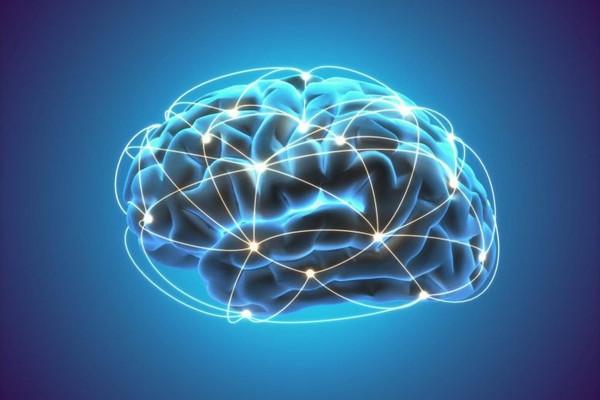Creative Flow As Optimized Processing
Curated from: scitechdaily.com
Ideas, facts & insights covering these topics:
8 ideas
·2.36K reads
13
Explore the World's Best Ideas
Join today and uncover 100+ curated journeys from 50+ topics. Unlock access to our mobile app with extensive features.
The Elusive Flow
Effortless, enjoyable productivity is a state of consciousness prized and sought after by people in business, the arts, research, education, and anyone else who wants to produce a stream of creative ideas and products. That’s the flow, or the sense of being “in the zone.” A new neuroimaging study from Drexel University’s Creativity Research Lab is the first to reveal how the brain gets to the creative flow state.
32
468 reads
Expertise Plus Release
The study isolated flow-related brain activity during a creative task: jazz improvisation. The findings reveal the creative flow state involves two key factors: extensive experience, which leads to a network of brain areas specialized for generating the desired type of ideas, plus the release of control – “letting go” – to allow this network to work with little or no conscious supervision.
37
366 reads
And Nothing Else Matters
Flow was first identified and studied by the pioneering psychological scientist Mihaly Csikszentmihalyi. He defined it as “a state in which people are so involved in an activity that nothing else seems to matter; the experience is so enjoyable that people will continue to do it even at great cost, for the sheer sake of doing it.”
Although flow has long been a topic of public fascination as well as the focus of hundreds of behavioral research studies, there has been no consensus about what flow is.
33
308 reads
“Classic” Theory: Flow Is a State of Hyperfocus
One view is that flow might be a state of highly focused concentration or hyperfocus that shuts out extraneous thoughts and other distractions to enable superior performance on a task.
31
306 reads
“Classic” Theory Spin-off: Flow Is A Supervising Director Mode
A related theory based on recent research on the neuroscience of creativity is that flow occurs when the brain’s “default-mode network,” a collection of brain areas that work together when a person daydreams or introspects, generates ideas under the supervision of the “executive control network” in the brain’s frontal lobes, which directs the kinds of ideas the default-mode network produces. The analogy would be that of a person “supervising” a TV by picking the movie it streams.
29
267 reads
“Alternative” Theory: Flow is Expertise Plus Letting Go
An alternative theory of creative flow is that through years of intense practice, the brain develops a specialized network or circuit to automatically produce a specific type of ideas, with little conscious effort. In this view, the executive control network relaxes its supervision so that the person can “let go” and allow this specialized circuit to go on “autopilot” without interference. The key to this notion is the idea that people who do not have extensive experience at a task or who have difficulty releasing control will be less likely to experience deep creative flow.
31
211 reads
Train To Get Hold Of. Then Train To Let Go.
A practical implication of the study’s results is that productive flow states can be attained by practice to build up expertise in a particular creative outlet coupled with training to withdraw conscious control when enough expertise has been achieved. This can be the basis for new techniques for instructing people to produce creative ideas.
If you want to be able to stream ideas fluently, then keep working on those musical scales, physics problems, or whatever else you want to do creatively—computer coding, fiction writing—you name it. But then, try letting go.
31
219 reads
You’ve got to learn your instrument. Then, you practice, practice, practice.
And then, when you finally get up there on the bandstand,
forget all that and just wail.
CHARLIE PARKER
35
223 reads
IDEAS CURATED BY
CURATOR'S NOTE
New Study Reveals How the Brain Achieves a Flow State.
“
Similar ideas
Read & Learn
20x Faster
without
deepstash
with
deepstash
with
deepstash
Personalized microlearning
—
100+ Learning Journeys
—
Access to 200,000+ ideas
—
Access to the mobile app
—
Unlimited idea saving
—
—
Unlimited history
—
—
Unlimited listening to ideas
—
—
Downloading & offline access
—
—
Supercharge your mind with one idea per day
Enter your email and spend 1 minute every day to learn something new.
I agree to receive email updates

